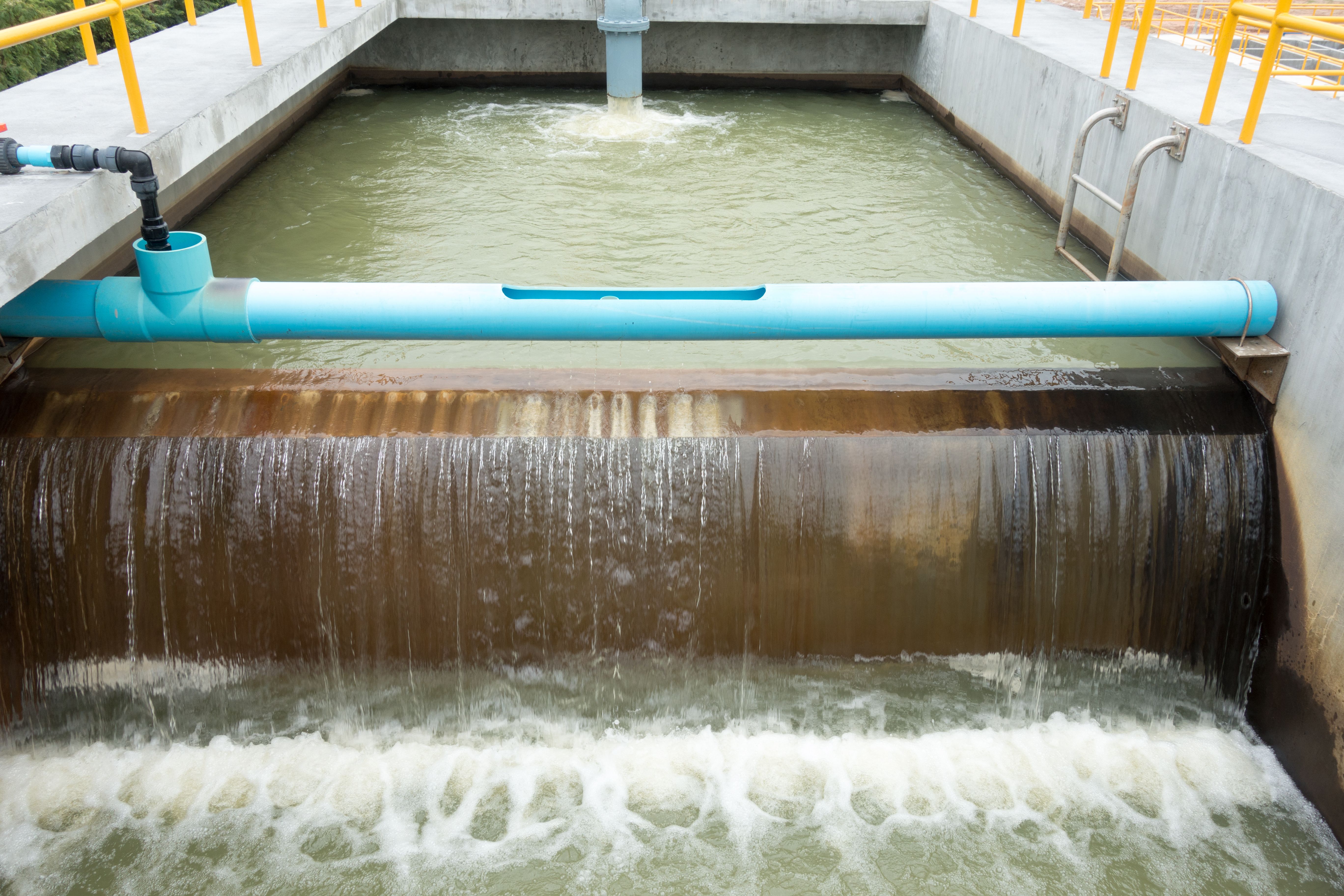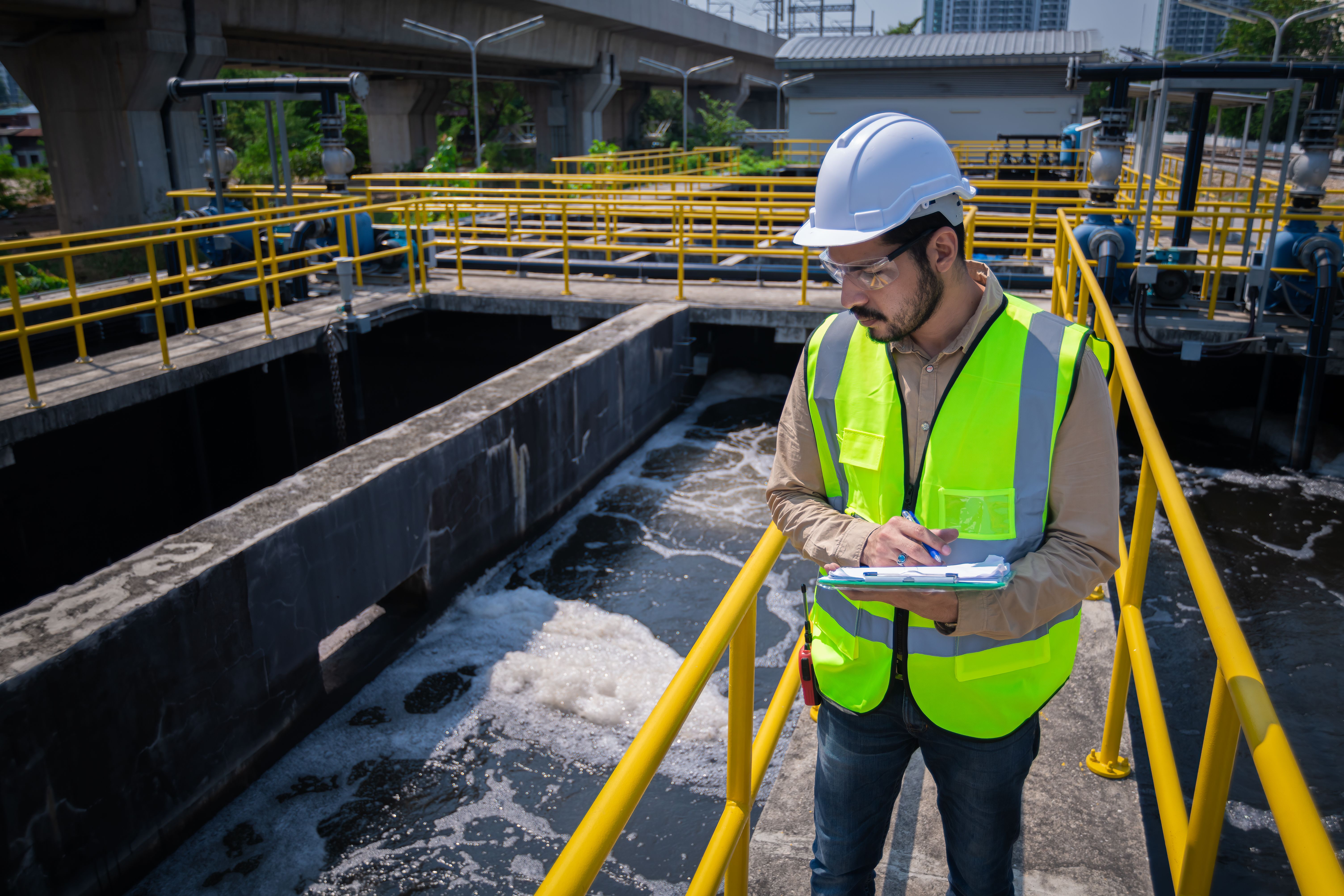Choosing the Best Flocculant for Industrial Factories: A Guide
Understanding Flocculants
In the world of industrial processes, maintaining clean and efficient systems is crucial. One of the key components in achieving this is the use of flocculants. Flocculants are chemicals that facilitate the aggregation of particles, making it easier to remove impurities from liquids. Whether you are in water treatment, mining, or any industry that deals with suspensions, selecting the right flocculant can significantly impact your operations.

Types of Flocculants
Flocculants can be broadly categorized into four types: inorganic, organic, natural, and synthetic. Each type has its own unique properties and applications:
- Inorganic Flocculants: Typically made from aluminum or iron salts, these are cost-effective and widely used in water treatment.
- Organic Flocculants: These are often polymers and can be cationic, anionic, or non-ionic. They are useful for specific industrial processes.
- Natural Flocculants: Derived from natural substances like starch or chitosan, they are environmentally friendly and suitable for sensitive applications.
- Synthetic Flocculants: Designed for tailored applications, they offer high performance but can be more expensive.
Key Factors in Choosing a Flocculant
Selecting the best flocculant involves evaluating several factors. The type of industry, nature of the suspension, pH levels, and environmental considerations all play a crucial role. Understanding these parameters ensures that you choose a flocculant that optimizes performance while maintaining cost-effectiveness.

Industry-Specific Considerations
Different industries have unique requirements when it comes to flocculation. For instance, the mining industry often deals with large volumes of tailings and requires flocculants that can handle high solid loads. In contrast, the food industry might prioritize natural and safe options to meet regulatory standards.
Environmental Impact
With increasing regulations around environmental sustainability, the impact of flocculants on ecosystems is a significant consideration. Opting for biodegradable or less toxic flocculants can help meet compliance requirements and reduce ecological footprints.

Cost Versus Performance
While it might be tempting to choose the cheapest option, it is important to balance cost with performance. High-performance flocculants may initially seem expensive but can result in savings by reducing overall chemical consumption and improving process efficiency.
Testing and Optimization
Once a flocculant is selected, conducting small-scale tests can be invaluable. Pilot testing helps in fine-tuning dosage levels and assessing effectiveness under operational conditions. This step ensures that the chosen flocculant performs optimally once scaled up to full production.

Conclusion
The selection of a suitable flocculant is a critical decision that can influence the efficiency and sustainability of industrial processes. By considering the type of flocculant, industry-specific needs, environmental impact, and cost-performance balance, businesses can make informed choices that benefit both their operations and the environment.
